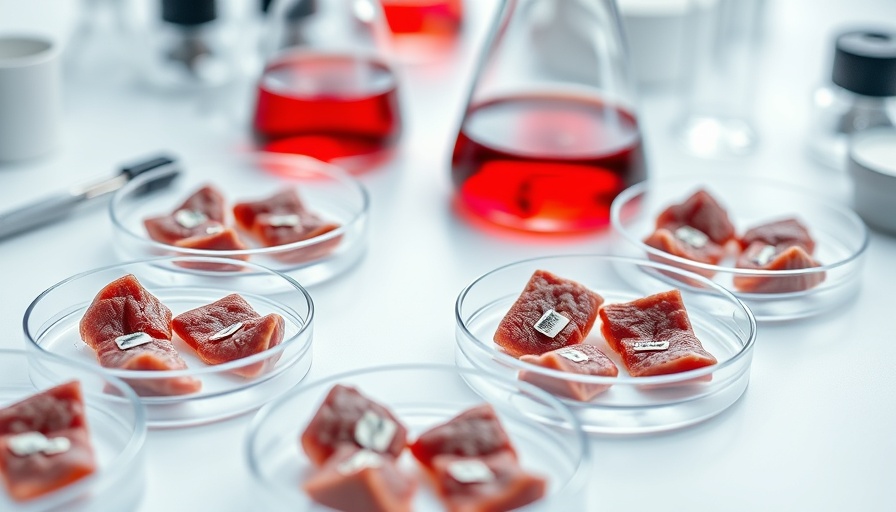
The truth about chemical safety in cultivated meat
More than 95 percent of human exposure to damaging industrial pollutants like dioxins and PCBs comes from common foods such as fish and dairy. This glaring statistic serves as a wake-up call for consumers who generally trust what’s stocked in their grocery stores. Cultivated meat presents an opportunity to disrupt this toxic supply chain by sidestepping many of the contaminants that plague traditional meat production.
Slashing the odds of foodborne diseases is one of the biggest bets we can make on cultivated meat. By growing muscle meat directly, without organs or byproducts like intestines, we not only reduce the risk of those nasty pathogens but also lower exposure to harmful elements like antibiotics and pesticides. The U.S. Food and Drug Administration, for instance, has approved seven different hormones for maximizing meat and milk production — a practice entirely banned in the European Union. While advocates for conventional meat might argue that hormones are inherently safe, the evidence that beef, pork, and even eggs contain natural hormones cannot be ignored. The same cannot be said for cultivated protein, which offers a cleaner alternative devoid of reproductive organs and their associated hormones.
The toxicity of conventional meat
The alarming fact that processed meat is deemed a known carcinogen by the World Health Organization should raise eyebrows. They classify unprocessed meat as a probable carcinogen too, and this concern extends beyond just what’s in the meat itself. A jury of scientists found evidence of 33 chemicals in retail meat with potential carcinogenic effects, including polycyclic aromatic hydrocarbons and dioxins. Their conclusion was striking: to minimize cancer risk, we should limit our servings of beef, pork, and chicken to five times a month. Such a recommendation underscores the urgency for alternatives.
The organic myth debunked
You might think that organic meat swoops in like a superhero to save the day. Unfortunately, this noble pursuit does not come without caveats. Studies reveal that organic meat does not dramatically reduce the carcinogenic risks tied to persistent organic pollutants. Some environmental toxins, like dioxins, were found at higher concentrations in organic samples compared to conventional meat. This revelation is more than disappointing; it's a cause for concern as it illustrates that even the supposed 'clean' options are not immune to toxic contamination.
How cooking impacts contaminant levels
Cooking practices also hold the key to either mitigating or exacerbating the fallout from these contaminants. While certain cooking methods, like boiling, can help to leach out fats where toxins are concentrated, the same cannot be said for all foods. For instance, steaming seafood could dramatically amplify mercury levels, increasing exposure up to 47 percent. The moral of this story? Avoiding toxic buildup in the first place is far more effective than trying to sidestep it later.
Moving beyond traditional meat: cultivated meat's advantages
With cultivated meat on the cusp of market readiness, we find ourselves standing at the crossroads of dietary revolution. This method allows for the production of essentially the same meat we consume today while completely eliminating the risk from a toxic buildup in the food chain. Picture being able to enjoy tuna without the worry of mercury spiking your health risks. The concept is not just theoretical—it's an imminent reality.
The larger implications for public health
The public health implications are vast. Given the considerable proportion of people dependent on traditional meat, shifting their consumption toward cultivated alternatives could significantly reduce exposure levels across the board. Imagine the domino effect in lowering rates of cancers and other chronic illnesses derived, in part, from our dietary choices. This potential couldn't be clearer: the future of meat is not only about taste but about health.
 Add Row
Add Row  Add
Add 




Write A Comment